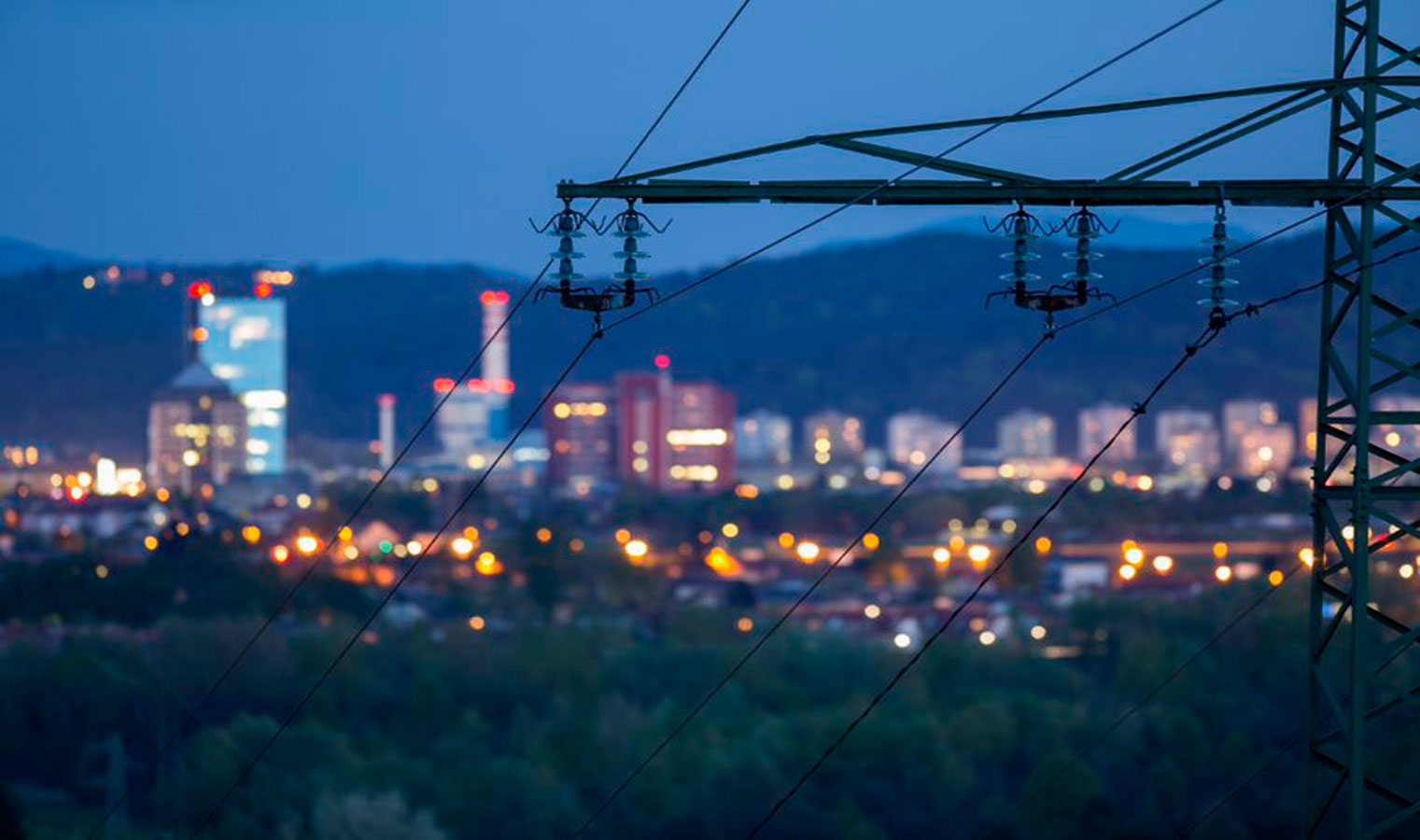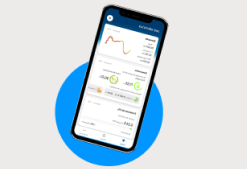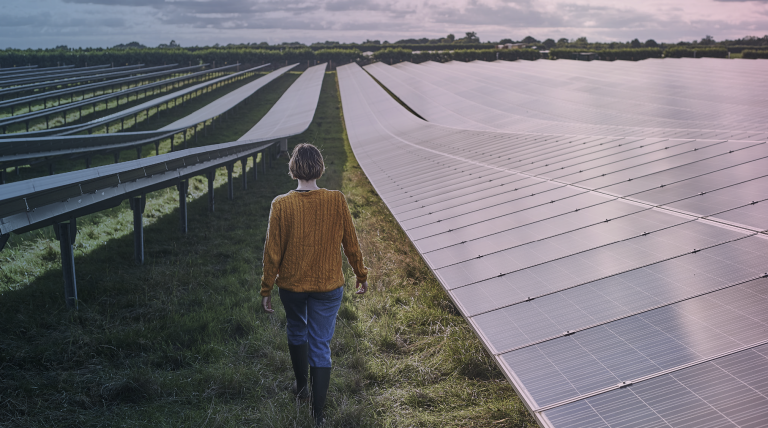For 40 years, we've been driving our country's economic and social progress. Four decades shaping Spain.
The Canary Islands approve the Environmental Impact Statement for the submarine electricity interconnection between Tenerife and La Gomera
The local Commission for Environmental Assessment of the Canary Islands, chaired by the Regional Minister for Ecological Transition, the Fight against Climate Change and Territorial Planning of the Government of the Canary Islands, José Antonio Valbuena, has approved the Environmental Impact Statement (EIS) of the Tenerife-La Gomera submarine interconnection line and its associated infrastructure, an essential step to obtain the necessary administrative permits and authorisations for the execution of a project that will give way to the new Tenerife-La Gomera electricity system.
The approval of the EIS is a fundamental boost for a project that is necessary to combat climate change and enable an energy transition that is based on electricity systems that are more resilient, safer and cleaner. This approval allows the works to begin next year, once the administrative permitting process is cleared and the authorisation for construction is obtained.
Red Eléctrica highlights the collaboration between the Regional Government of the Canary Islands, the Island Councils of Tenerife and La Gomera and the local business organizations who are in favour of this important interconnection.
The submarine interconnection between Tenerife and La Gomera will provide for a more robust and better-meshed electricity system. This infrastructure will contribute to creating synergies that will improve the efficiency and security of supply on both islands and will help in the integration of new green energy facilities, especially in La Gomera, which will be able to maximise the abundance of its natural resources (sun and wind). All the foregoing will result in a decrease in electricity generation costs for the electricity system of the Canary Islands as a whole, a reduction in the dependence on foreign fossil fuels and an improvement, from an environmental perspective, as a consequence of a better-interconnected electricity system between the islands.
This link will enable the electricity systems of Tenerife and La Gomera to operate as one single system, achieving very important synergies between them for the integration of renewable energy. It will also make it possible for La Gomera to be the first island in the Canary Islands to produce more renewable energy than it consumes during the year, thus reducing production from more expensive and polluting sources on both islands of the archipelago.
The new Tenerife-La Gomera electricity axis
The electricity interconnection between the islands of Tenerife and La Gomera is a huge technological challenge worldwide, due to the depth of the link, the volcanic nature of the terrain and the complex terrestrial and submarine orography, as the subsea section of the link will be the deepest three-core alternating current interconnection in the world to date.
This axis is composed of:
- The 66 kV (kilovolt) Tenerife-La Gomera underground-submarine double-circuit electricity line (called Chío-El Palmar de La Gomera interconnection), which will consist of a submarine section of approximately 36 kilometres that runs along the seabed at a maximum depth of 1,145 metres, and two land sections in La Gomera and Tenerife.
- The new 66 kV electricity substation in Chío (Tenerife), which will be built in the vicinity of the existing Guía de Isora substation.
- The first 66 kV electricity substation in El Palmar de la Gomera, in the vicinity of San Sebastián de La Gomera substation (La Gomera), to be constructed near the El Palmar thermal power station, which currently supplies power to the entire island. This reduces the length of the new infrastructure that will connect the transmission grid and the electricity distribution network and avoids having to redesign the distribution network that supplies consumers on the island of La Gomera. In short, the synergies of the site will be maximised.
The project has been designed and will be carried out following the highest standards of quality and best international practices, with the utmost respect for the environment; an aspect of the project that is guaranteed thanks to the terrestrial and marine studies carried out during the initial stages of the project. These studies, as well as the compulsory public information and consultation process, have contributed significantly to the definition of the solutions proposed for the projects that have received the Environmental Impact Statement approval.
The project also includes an environmental monitoring programme that will guarantee the best implementation and integration of the project into the environment and that complies with the conditions set out in the Environmental Impact Statement. Said programme will be observed at all times throughout the construction phase of the project and will continue to be monitored for several years after the commissioning of the facility.
Downloads












